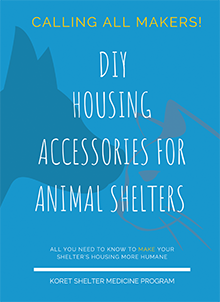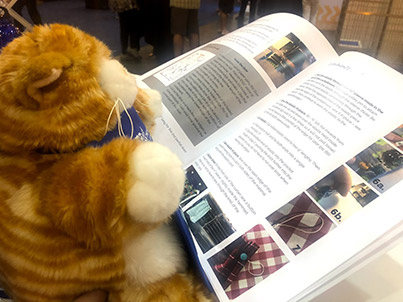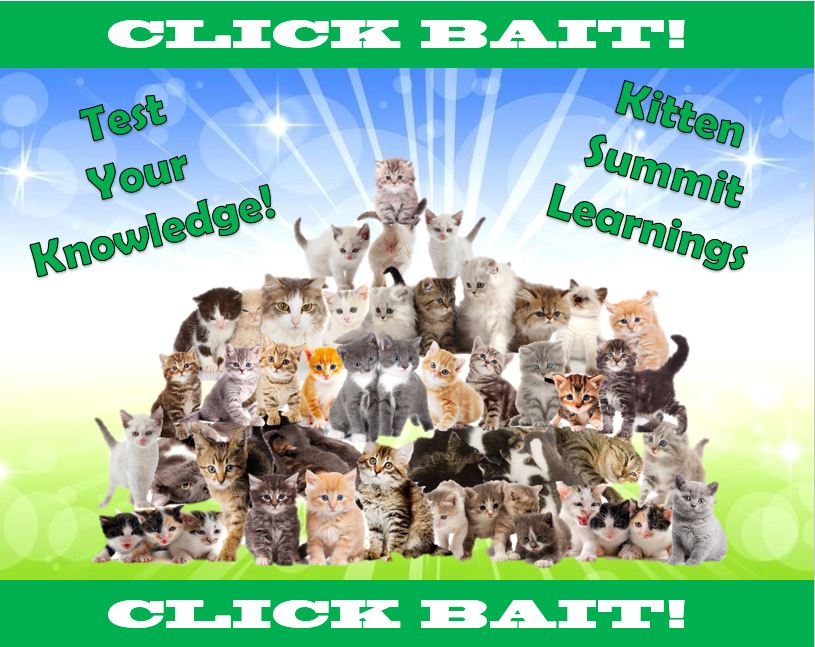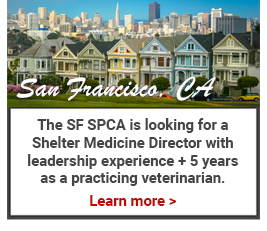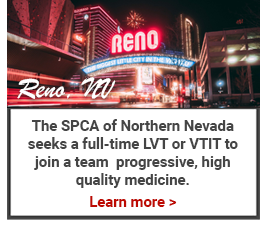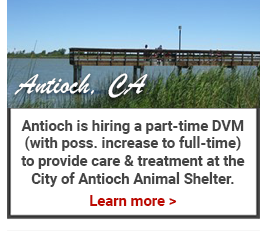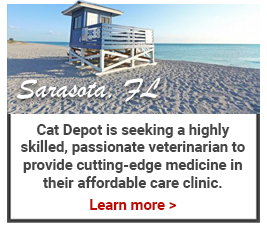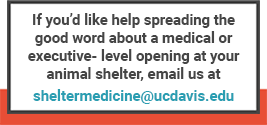ISSUE 2 // VOLUME 3 OR 4. BUT WHO’S COUNTING?
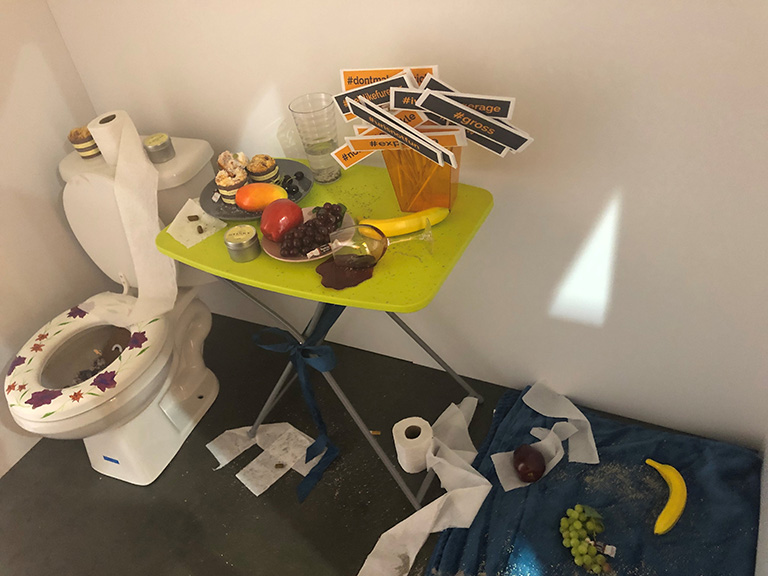
BAD CAT HOUSING
BY MANDY NEWKIRK
Working in the arena that we do, I think it’s fair to say we’ve all had an “I can’t believe this is my job” moment- or forty. Searching the internet for a urine-scented candle definitely makes forty-one for me.
To give our Expo booth visitors an opportunity to step into our animals’ worlds for 60 seconds, we locked attendees in a small closet burning with unpleasant smells, turned up our barking dog playlist, served food right next to their toilet and tracked litter all over their bed. Yuck!
Those of you brave enough to take the Bad Cat Housing Challenge tried to endure the entire minute you were locked in your “cage”, but most of us
exited the experience early yowling about claustrophobia. And who can blame us? It’s painful to feel supremely uncomfortable and totally out of control. Can you imagine if instead of just a minute, we were locked in these airplane bathroom-like conditions for a week or more with no breaks? What if we had to woo a potential suitor under these conditions, on top of managing our stress? Props to the cats out there that have been able to find their match when they often haven’t even been able to fully stand, stretch, or erect their tail.
Housing Matters
A successful animal sheltering and matchmaking plan starts with the physical shelter, which can seem overwhelming given there are a great many of us trying to work…
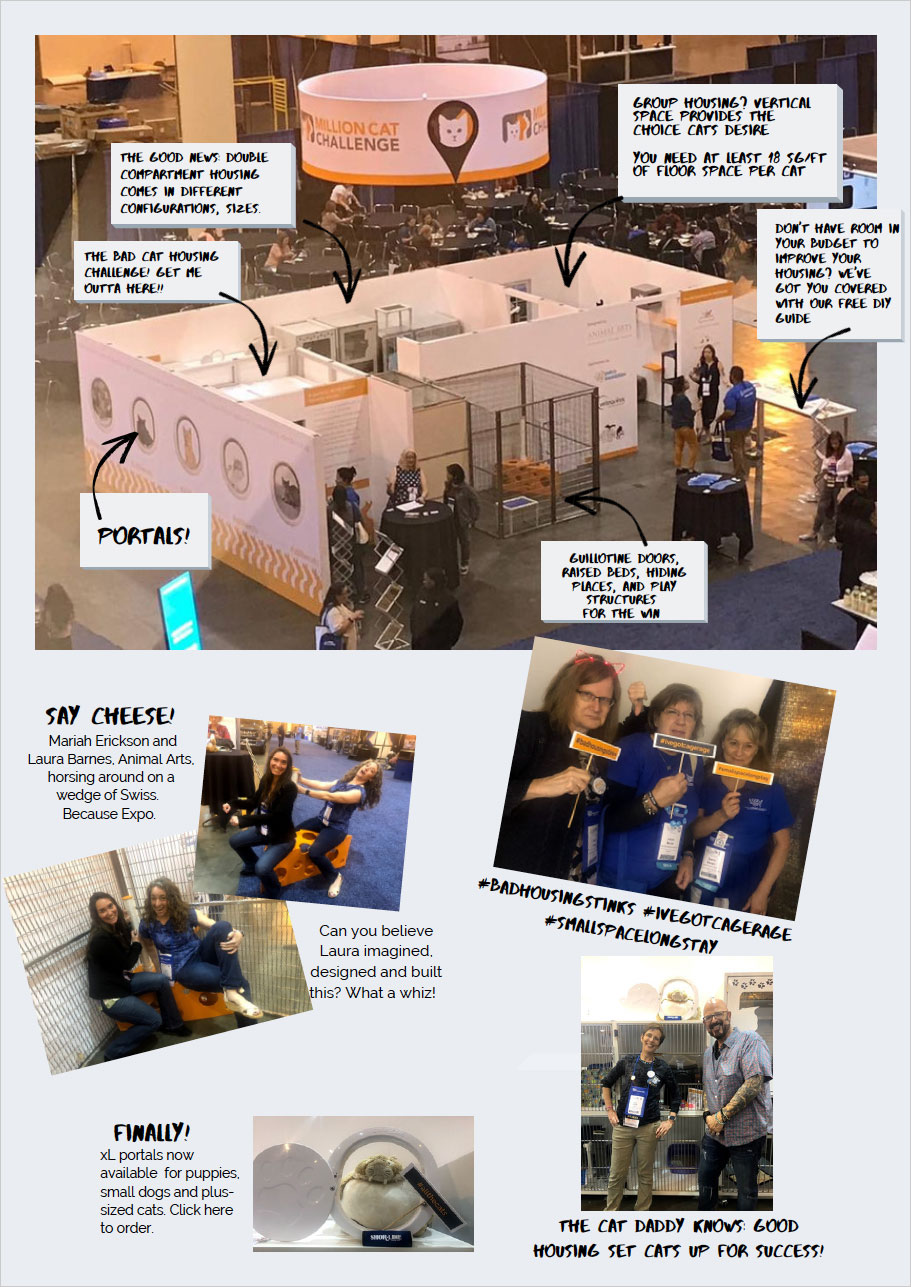
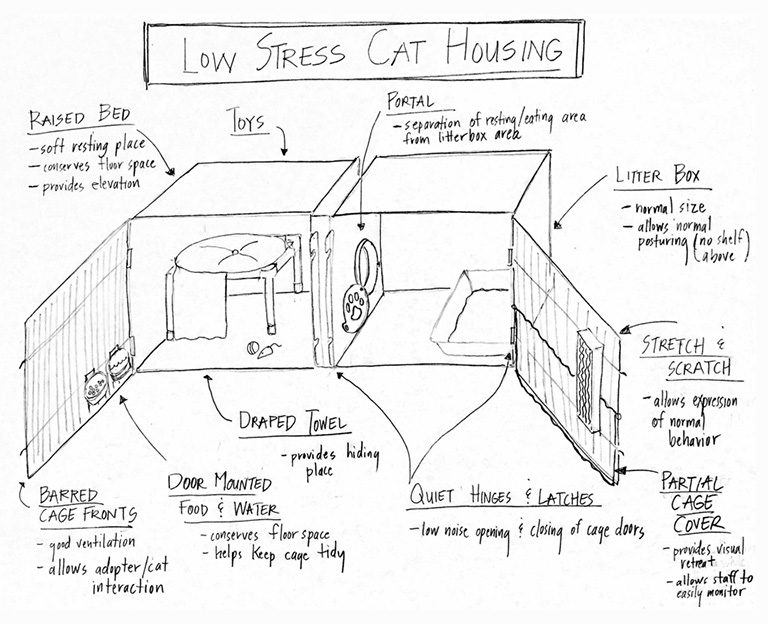
BAD CAT HOUSING
(CONTINUED FROM PAGE 1)
within a 70s (or earlier) cinder block building that was designed with anything but feline welfare in mind. A handful of great things came out of the 70s. Animal housing was not one of them.
Research tells us that poor housing and overcrowding aren’t just costly (stressed cats are expensive to care for), they also slow down our adoption cycle and lead to fewer positive outcomes. Even in the short term, we save neither dollars nor lives when our housing negatively impacts an animal’s overall welfare.
Here’s the good news: Whether you are standing in a brand new, shiny shelter or a cinder block dungeon, you can dramatically improve the welfare of your animals on a nearly nonexistent budget just by bringing it back to the basics and working from the inside (of the cage) out.
So, how can your housing help bring out a cat’s best qualities in your shelter?
10 Things Your Cats Need to Thrive
1) SPACE. If cats could talk, the first item on their agenda would be to address the amount of floor space they are not getting in shelters.
The standard 2 x 2 cage is woefully inadequate, does not meet their basic needs, does not allow for exercise or even the ability to stand with their tail fully erect. Cats would like all the space we can offer, but at the bare minimum they need at least double the size of a standard size cage (hello, portal!) per cat.
PRO TIP
Maximize floor space by utilizing raised beds and elevated food/water dishes
2) Double compartment housing. Plain and simple: Good housing requires two rooms. When was the last time you saw a bathroom for rent? No one wants to hang out by their unflushed toilet all day, and less than no one wants to eat their meals next to it.
3) Retreat space. Everyone needs to be able to take a time out when they need one. Hidy boxes, curtailments hung on raised beds and on cage doors allow cats to rest, recharge and return ready to meet and greet adopters.
4) Choice. Provide as much choice within the housing unit for the cat as possible (soft and hard surfaces, cool and warm surfaces, floor and elevated height spaces, hiding/retreat space, indoor and outdoor space, window viewing, etc.)
5) Allow for human interaction. No plexi cage doors, please.
6) Try to provide more than a blank wall to look at. A window is ideal, but even a view into the center of the room can help keep the cat stimulated while they are waiting
7) Ideally, housing is located in a quiet environment with natural lighting.
8) Clean water and food every day.
9) Enrichment! Toys, treat dispensers, and scratching pads are essential and help cats get adopted just by being in the cage for adopters to see.
10) Provide adequate ventilation. Open barred doors generally allow room ventilation into housing spaces and are preferred over enclosed housing units and acrylic doors.
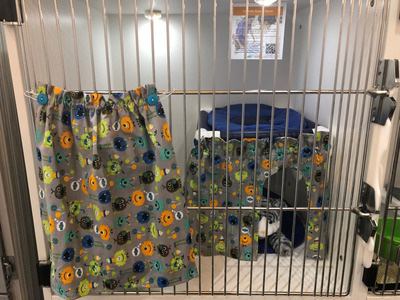
Double curtailments provide retreat space and visual choice. #winning
The cats have spoken
What do we want?
Floor space and choice!!!
When do we want it?
Meow!!!
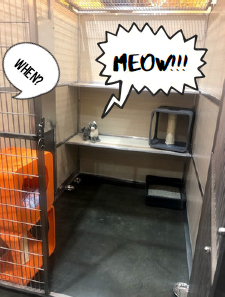
Vertical space, retreat space, adequate floor space, ventilation and natural light #winning
It’s Out! OMG (Our Maker Guide)!
Feeling crafty? You’ll love our guide to DIY Housing Accessories for Animal Shelters. So will your animal guests. Oh, and your budget.
Inside you’ll find instructions for low-cost projects to build beds, toys, and more. Free download at sheltermedicine.com/diy
Can You Reach the Top of Mt. Kitten?
Dr. Delany’s back with another challenging and enlightening quiz. This one’s based on the all-star Kitten Summit at last month’s HSUS Expo.
If you were lucky enough to attend, find out how much you remember. If not, find out what you missed. The best part is, once you complete the quiz, you’ll gain access to all the materials shared at the summit by our team and our incredible guests from Arizona Humane, San Diego Humane Society, Oregon’s Cat Adoption Team, and the Humane Society of Silicon Valley.
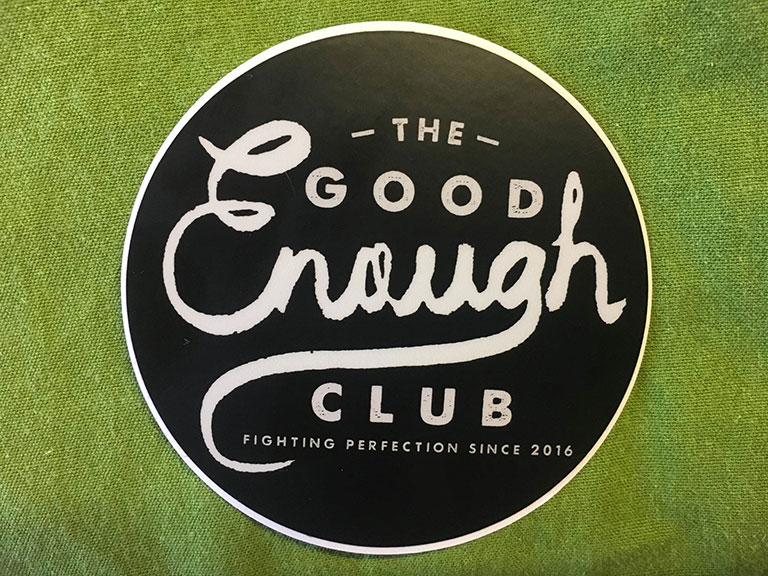
Jessica Dolce offers great merch and tips on her compassionate badassery blog.
GOOD ENOUGH IS ACTUALLY GREAT
BY DR. CINDY KARSTEN
We come to animal welfare work because we are generous, compassionate people. We want to be helpful and we want to make a difference. We are deeply connected to the mission or at least we used to be. Maybe for some of us the light has started to dim – and for others that is a consistent fear. Many of us may have been so deeply connected to the mission that it felt selfish to insist on conditions that are kind to us humans – and so we just pushed through.
In addition to the stress of the sheer amount of work laid out before us, we also experience moral stress – organizational or legal rules and constraints preventing the
caregiver from doing what they believe is right or most beneficial for the client/patient. We experience this daily, from not being able to give an animal enough space in their housing unit, to not having the time to follow up on a needed medical treatment, to not being able to return an animal to where they came from because our current laws do not allow for it. As a final piece, we often receive criticism for what we do when the choice was never ours nor necessarily one we agree with.
We need to acknowledge and continue to have conversations about how in actuality, working within a strategic framework and creating an environment that is humane to people is the way that we can be most generous.
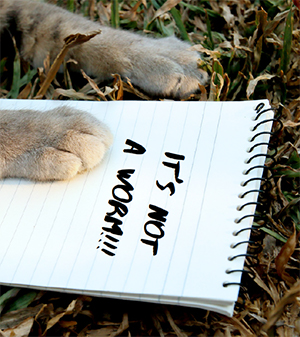
HAIKU CORNER
This Haiku is brought to you by Linda Jacobson, DVM
Innocent kitten
Should this fungus mean my death?
No! It’s curable.
Post your ringworm-inspired (theme changes every newsletter) Haiku on the Koret Shelter Medicine Program Facebook page.
Recipe Corner
(for you)
Here’s a recipe for success: Bake a delicious cake to lure ringworm volunteers!
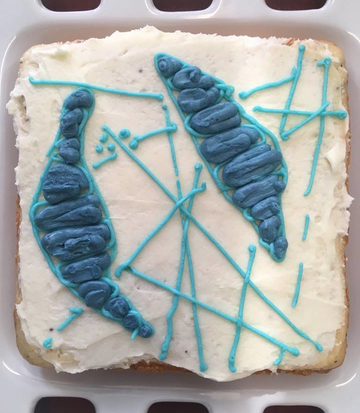
And you thought Linda Jacobson only wrote haikus…
Recipe Corner
(for them)
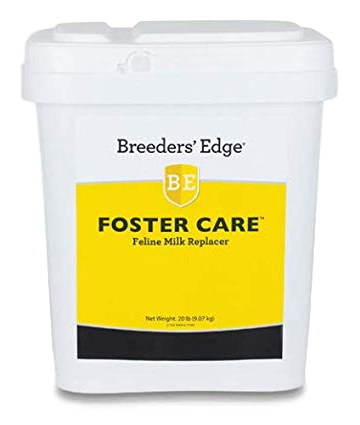
San Diego Humane Society, housing one of the nation’s largest kitten nurseries, ran parallel trials of leading kitten formulas. Breeder’s Edge resulted in fatter kittens (no “chicken legs” here!) and firmer stools. The staff and volunteers say it is hands down their favorite milk replacer. Thanks for the tip, SDHS!
FELV AND FIV: ARE YOU STILL TESTING EVERY CAT?
BY DR. STACY KRAUS
With kitten season right around the corner or, in some parts of the country, already in full bloom, are you and your organization wondering how you are going to survive and when you are going to find the time to poke all those delicate, squirmy, microscopic kitten veins?
For those of you that are responsible for the blood collection of hundreds or thousands of cats and kittens in the next few months, how much time do you spend running FeLV and FIV tests? This includes ordering test kits, waiting for the test to come up to room temperature, setting up the test, collecting blood, finding the timer, waiting for the test to run, interpreting test results, questioning if that faint blue dot actually exists or if you should make that overdue eye exam, asking three different people if they also see the blue dot and then running the test again, entering test results, reporting positive results to the veterinarian, collecting even more blood, filling out paperwork to send a second blood sample to the laboratory, waiting on test results, discovering test results don’t match, waiting 1-2 months, (keep in mind the kittens don’t look like kittens anymore by this point), and then repeating this process all over again?! If you are one of the shelters still testing every healthy cat and kitten, then this process and cycle can seem never-ending for months and months. What if you didn’t test every healthy cat and kitten—what could you and your staff do with all that free time?
We are lucky enough in this field to have some retrovirus experts that keep an eye on the numbers (aka the prevalence) of these viruses in cat populations.
With a North American seroprevalence largely unchanged over the past decade, we still know that about 3% of healthy cats are infected with one or both viruses. We also know that no test is perfect and with such a low prevalence of disease, the risk of false positives increases dramatically. This can lead to unnecessary length of stay or even worse, euthanasia, of healthy, retrovirus negative cats.
Due to the complex nature of these diseases, test result interpretation is complicated and time consuming. Because each test including, ELISA, IFA, Western blot, PCR, and virus isolation, has its own limitations, there is no “gold standard” test for retroviral infections. And to further complicate matters, the implications of test results for a healthy cat are far from clear. We now know that healthy FIV positive cats can live normal life spans and pose minimal risk for transmission to other household cats. And while we know that FeLV is associated with a shortened life expectancy in sick cats, more recent research has demonstrated that cats can flip back and forth between positive and negative test results over the course of time.
Most organizations simply don’t have the resources to follow up and retest cats appropriately, nor to have detailed conversations with every adopter about the uncertainty surrounding either a negative or a positive test result. And that is okay- don’t feel guilty about that. Instead, consider not testing every healthy cat. Based on the time it takes for a cat to test positive after exposure to FeLV (30 days) and FIV (60 days), when we test a cat for the first time, we only know their status at that moment in time, which may not be their actual or future status. Instead of trying to explain to adopters that your organization “sort of knows” the cat’s retroviral status and that they need to be tested again later, why not have the cat initially tested by the adopter’s veterinarian who has the resources to follow up and create an overall health plan for these patients?
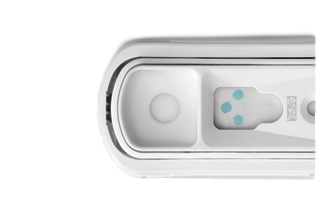
Are you wondering what to do with all those boxes of FeLV and FIV tests in your refrigerator? Don’t worry; there is still benefit in testing cats with signs of clinical disease and those cats not responding to your usual course of treatment for common diseases. Test results are much more reliable when used in cats with clinical signs of disease such as oral disease, respiratory disease, abscesses, and bite wounds. Approximately 20% of cats that present with bite wounds or abscesses are seropositive for one or both viruses.
The cumulative cost of testing every cat can add up quickly resulting in some organizations spending tens of thousands of dollars, and the aforementioned abundance of time, every year on retrovirus testing. We know the best way to help manage these viruses in the cat population is to spay, neuter, and return the animals to their original location. Therefore we can stop testing all healthy individuals and spend this time and money on sterilizing more cats. I know the HQHV shelter veterinarians out there can spay a cat in less time than it takes to run a combo test-just think how many more cats you can sterilize this summer!
Still imagining what else you could do with all that time and money you are saving from not testing every cat? You may finally be able to install portals in every cat room. Surgerizing and portalizing are just a few ideas that come to mind—please let us know how you choose to spend your extra time and money this kitten season!
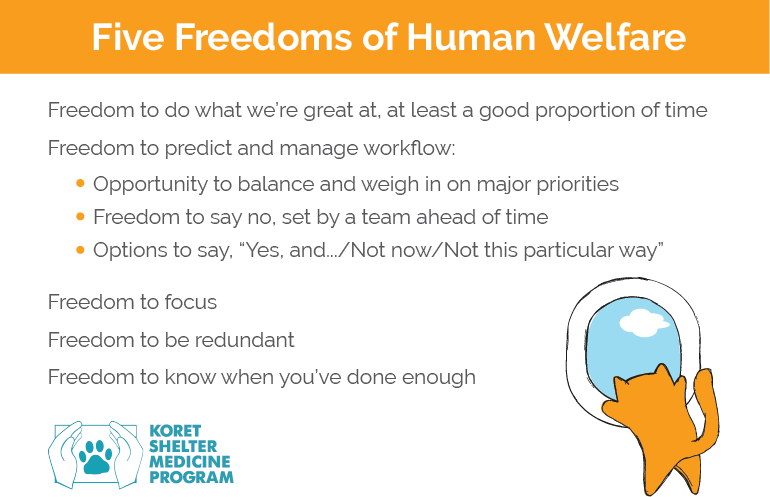
GOOD ENOUGH
(CONTINUED FROM PAGE 5)
We need to continue to have conversations about creating an environment that is humane to people and acknowledge that working within a strategic framework is the way that we can be most generous and productive.
We must do this to allow ourselves the ability to continue doing the work with the level of commitment and drive that satisfies us while also meeting our many goals and responsibilities.
We cannot continue to be constantly overwhelmed. We know that we are answerable to different stakeholders – so being overwhelmed seems like the only reality. We have to trust that this is not the case. What if we could more clearly define a framework that lays out how much we, personally, can actually do well? Capacity for Care (C4C) is the framework to create the proper conditions. It changes how much work we need to manage at any one time and allows us to develop strategies to stay within this limit that then defines our own personal Capacity for Care. And this is where we would like to try to help.
Our aim in this series is to provide ideas, tools and practices to help you maximize efficiency – to do as much as we can, in conditions that are humane to us, in an effort to accomplish more (or just as much) and suffer less.
As a start, we’d like to suggest the Five Freedoms of Human Welfare (above). As good stewards – we need, and deserve, Capacity for Care for us.
Did you know?
According to the American Institute of Stress, the severity of job stress depends on the magnitude of the demands that are being made and the individual’s sense of control or decision-making latitude he or she has in dealing with them.
Scientific studies based on this model confirm that workers who perceive they are subjected to high demands but have little control are at increased risk for cardiovascular disease.
Stress is a highly personalized phenomenon and can vary widely even in identical situations for different reasons. One survey showed that having to complete paperwork was more stressful for many police officers than the dangers associated with pursuing criminals. It is not the job but the person-environment fit that matters.
Something Borrowed
Are you looking for a foster care agreement? A rock solid foster manual? How about a manual to train your foster mentors? Cat Adoption Team (CAT) is gifting you access to ALL their foster assets.
1. Click here
2. Load up on all the goods
3. Customize with your logo
4. Smile. You just saved weeks of work.
Something New
Fighting Fungus with Facts is our must watch webinar of the season for any shelter battling ringworm on a budget.
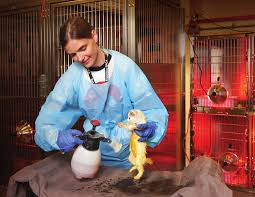
Laura Mullen, SF SPCA Shelter Medicine and Outreach Manager
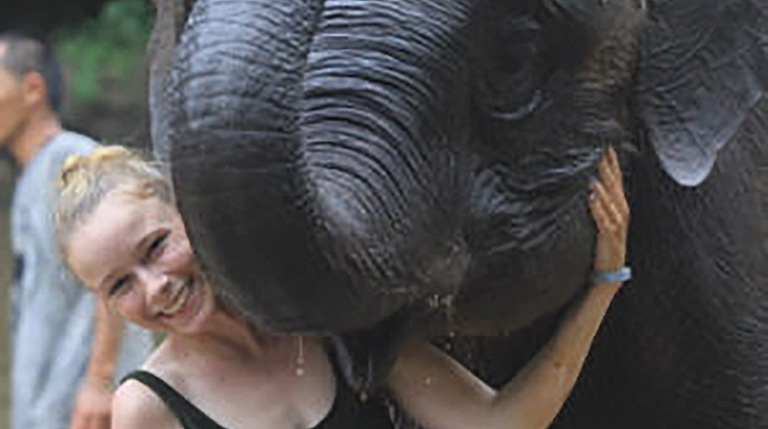
EMMA HEWITT IS ON A MISSION
BY MANDY NEWKIRK
Tell us a little about yourself and what brought you to shelter medicine and the KSMP?
I’ve been a RVT for about a year. I wanted to be a veterinarian in high school; when I was a senior I enrolled in ROP (a career class) which enabled me to spend the first half of my day working in the field. I was 17 when I picked an internship at Placer SPCA. I thought I’d spend the days socializing kittens and walking dogs. In reality I was cleaning kennels for three hours just to get ten minutes of the rewarding work, like drawing vaccines and participating in kitten intake. Pretty soon I realized the importance of good animal care and how proper care and housing supports the animals’ overall health. I sought out more internships at different shelters and I began reading all the content I could get my hands on: every webinar, presentation and paper that was out there. Most of it was coming from KSMP. The KSMP approach to holistic sheltering really resonated with me, and Dr. Hurley quickly became a huge idol of mine.
When this position opened, I jumped at the chance to apply.
What’s your role on the KSMP team?
I work at Yolo County Animal Services as a surgery support technician. UC Davis and YCAS have a working partnership that allows 4th year veterinary students to do a rotation at the shelter and learn how to spay and neuter animals. I support Dr. Kraus and help get the students ready for surgery. We rotate students every two weeks and that can be a bit of a challenge, but I love a challenge so it works very well for me. The students have performed over 5k surgeries and it has become one of the most popular rotations on campus. I love that it introduces soon-to-be veterinarians to the shelter and the possibility of working here.
Before joining KSMP, you were promoted from operations manager to vice president of Kitten Central. With a name like that, we want to know more.
The mission of Kitten Central is to reduce the euthanasia rates of medically dependent neonates through action and education. We do that by taking kittens that are 0-28 days from the municipal shelter in our county, and we
provide all the medical care, foster homes, food, everything they need. When they are ready for adoption, we send them back to the shelter. Neonates are very resource-intensive. Our goal is to reduce the workload for the shelter so they can focus on rest of the population. Taking neonates off their plate is a huge burden lifted, plus we send them back to the shelter so they can earn the adoption revenue and draw the adoption crowds.
Uhm, that sounds too good to be true. How are you able to do all of that?
We charge $62.50 per kitten. The rest is supplemented by donations, bake sales, grants, and fundraisers galore.
Hey, we recently did a really great webinar about how the partnership works. Can you link to that in our interview?
Of course:
http://blog.millioncatchallenge.org/kitten-series/
Your bio on our website is a picture of you hugging an elephant’s trunk. I’ve always wanted to ask you about that. How did you get involved with elephants?
The elephant is from my second trip to Thailand. Elephants have always been my favorite animal. I learned about this program in vet school where you spend 6 days learning about and assisting in the care of elephants through the National Elephant Institute and the Elephant Conservation Center in Thailand. It reminded me of the spirit of shelter medicine—huge results with little resources. Because elephants live in the jungle and don’t have access to formal care, they are perceived as having less than, say, an elephant living in a zoo.
But what I love is how much you can get done with very little if you know what you are doing. Even with the bare minimum, we made a huge difference for these elephants and their mahouts. You can work wonders with the right mindset. Roll up your sleeves and get after it!
Who is your animal welfare hero and why?
Dr. Hurley! She started as an animal care officer and later went on to basically pioneer shelter medicine as a veterinary specialty! That is so inspiring to me. I would like to do the same for RVTs. Of all specialties offered to RVTs, shelter medicine still isn’t one of them! Can you believe that?
Are you just saying that because she’s going to read this? Smart.
Are you kidding me, NO. I still can’t believe I know her, let alone work for her now. It’s crazy to me.
Oh, I’m also a huge Kitten Lady fan. She’s making kitten fostering cool, and I think that’s cool.
Let’s talk about the future. Fast forward eight years from today: How do you think the shelter’s role in the community will have changed, if at all?
I definitely think that people are starting to realize that shelters aren’t a bad place, we’re no longer “the pound”. Progressive shelters provide resources for pets and their people. My hope for the future is that shelters continue to elevate retention as a mission-critical priority right alongside adoption. Keep families together!!!! Shelters should only be open for animals that have no other options.
When it comes to your work world, what’s the one thing you want people outside animal welfare to know?
I want people outside of the animal welfare world to know that shelters are not bad places. The people that work at shelters don’t want to euthanize animals.

I want them to know everything is a chain reaction and we just so happen to be at the end of a series of events. That litter you just brought in because you thought your animal deserved to be a mom one time sets off a chain reaction. Overcrowded shelters are forced to euthanize and people get down about their jobs. The shelter workers suffer and get the bad rap. You think they don’t want to save that little kitten that just came in? Of course they do. It’s all about education.
If you could solve one challenge in the sheltering environment, what would it be?
Neonatal kittens! More programs like Kitten Central. Municipal shelters that are overrun need resources and options so they can make a plan their staff can follow. I don’t want staff morale to plummet because they don’t have the tools they need to manage the influx of tiny kittens. I want every shelter to be supported when it comes to this resource-intensive population so they can focus on the needs of other animals. It’s all a chain reaction and if we all just do our part we can find the right outcome for all the animals that need us.
Emma, from tiny kittens to big ol’ elephants, no one can say you aren’t doing your part. Thank you for being such a valuable member of our team. We are lucky to have you!
THANK YOU AND GOODBYE TO DR. LINDA LORD
BY KATE HURLEY, DVM
Lord, L.K. et al.
How many times have I typed that familiar name into the reference section for an article or presentation? And how many animals are alive today as a result of what those many journal articles taught us?
I can’t answer those questions. But I know that Linda Lord gave a tremendous gift to those of us who care for shelter animals, as a scientist as well as a beloved teacher, colleague and friend.
When I learned of Dr. Lord’s death on May 23rd, 2019, I felt like some of the ground beneath my feet had crumbled away. I thought of this graph based on her work that I must have shown hundreds of times, to thousands of people by now:
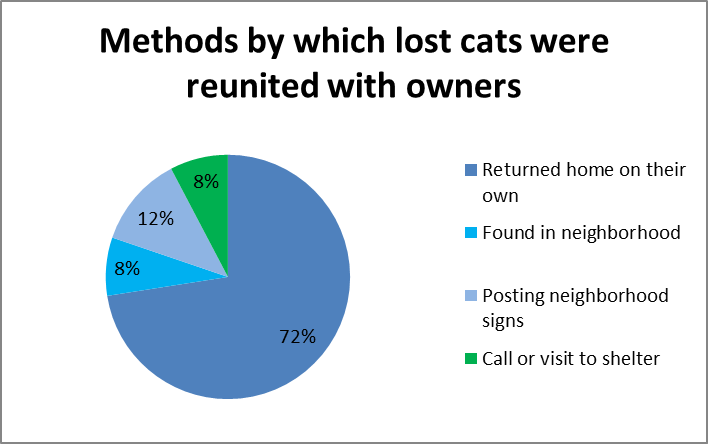
In my files this is titled simply “Lost cat pie”. The source is an article by Dr. Lord and her team that detailed the methods people used to search for lost cats. Her documentation of such a simple truth – that people are over ten times more likely to be reunited with their pet cat by some means other than a call or visit to the shelter – has changed policy and practices towards healthy stray cats in many communities. In turn this has resulted in countless well-intentioned finders locating a cat’s owner rather than bringing her into an overcrowded shelter.
This graph made it into the slide set that launched the Million Cat Challenge, and Dr. Lord can take some credit for a good chunk of the million. So while much will be said by all the people that loved her, about all the good that Linda Lord brought to our world, I wanted to say my own thank you for especially this.
The research Dr. Lord did was not especially glamorous. She wasn’t a contender for the Nobel Prize and she never made the cover of Science Magazine. Instead, it was thoughtful, painstaking, probably at times tedious observation of details that many would consider trivial. About the needs and trends in Ohio animal shelters and the health of animals in those shelters, about attitudes towards free roaming cats, about the use and usefulness of collars and microchips. And this one, about how we really can best help a lost cat find her way back home: Lord, L. K., et al. (2007). “Search and identification methods that owners use to find a lost cat.” J Am Vet Med Assoc 230(2): 217-220.
There is profound respect in taking the time to observe and document what actually is, instead of what we always assumed to be. Through her careful, patient scientist eyes, Dr. Lord let us all see the world a little more clearly, and it feels an awful lot like loving that world a little more deeply. Thank you Dr. Linda Lord.
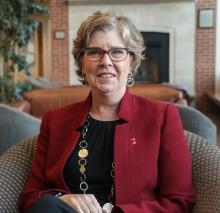
Dr. Linda Lord
Linda was a graduate of Miami University (1985). She earned a Doctor of Veterinary Medicine degree (1999) and PhD in Epidemiology (2006) from Ohio State University. Linda was a lifelong learner and valued education in many ways. While Linda’s career began in finance, she found her true passion at the age of 32 in veterinary medicine.
She had a long career as a private practitioner, facility member and Associate Dean at The Ohio State University College of Veterinary Medicine and finally at Merck Animal Health. Linda was a true animal lover and was blessed for her dream to come true in caring for animals in many different ways.
Her love of animals shined through many beloved pets, including her most recent special Shih Tzus, Stuie and Newman.
Download a printable PDF version (opens in a new tab): KSMP_Newsletter_June_2019-final.pdf

